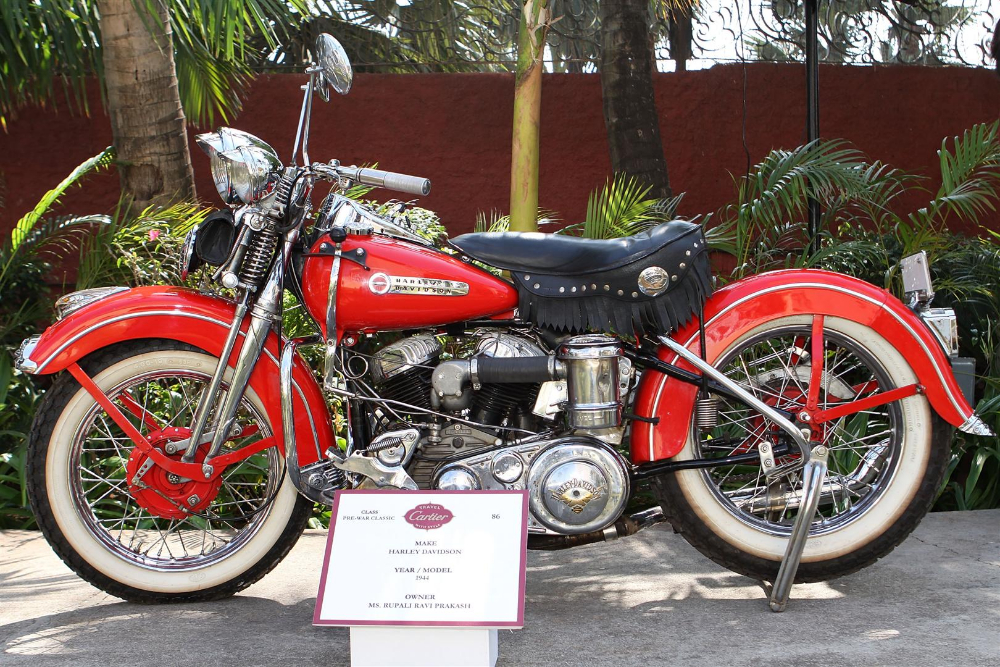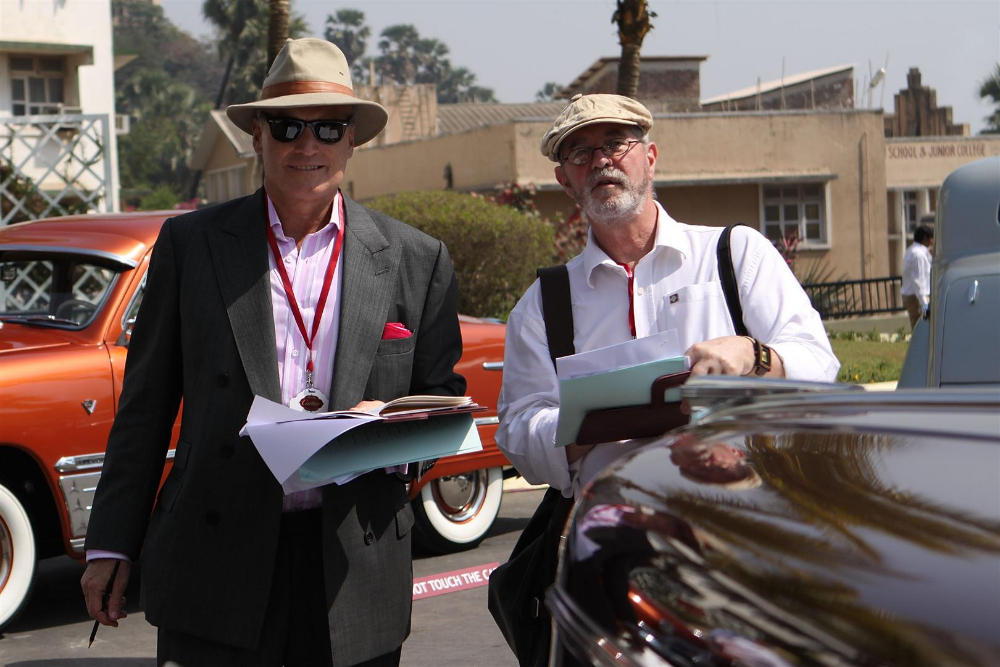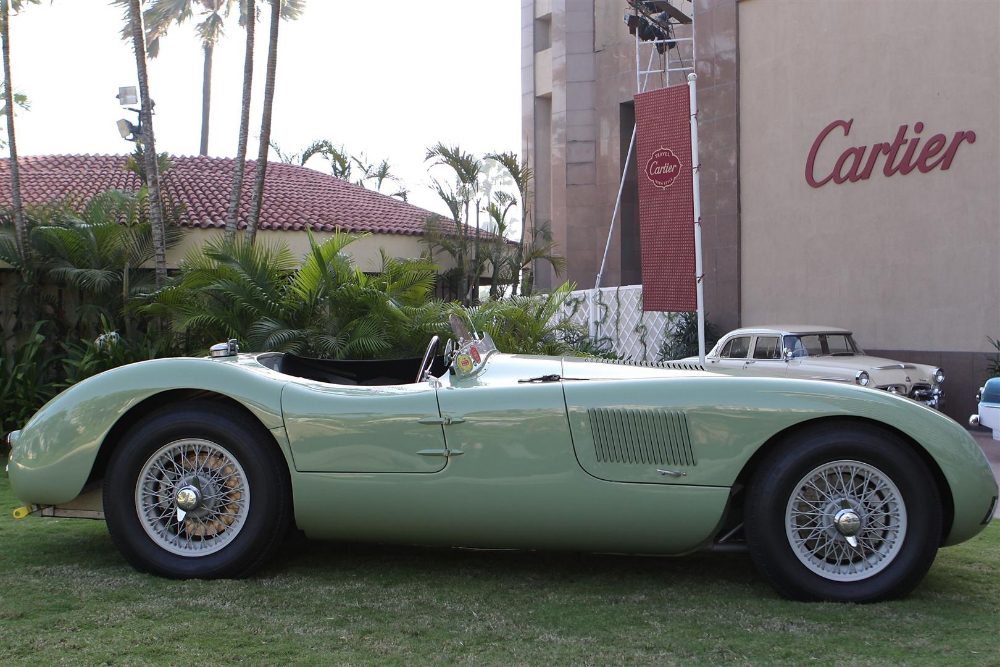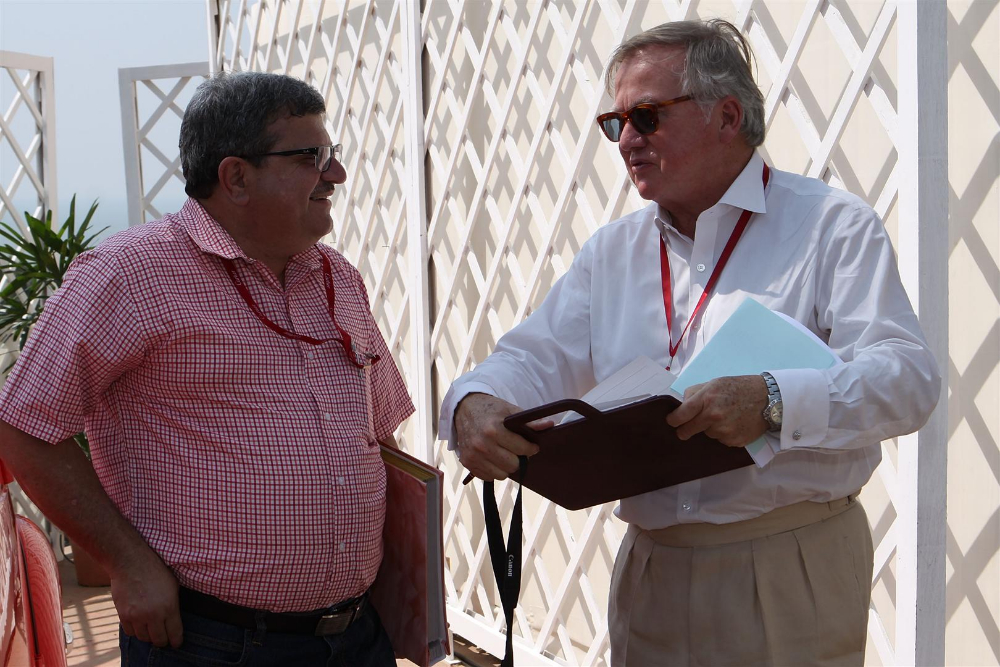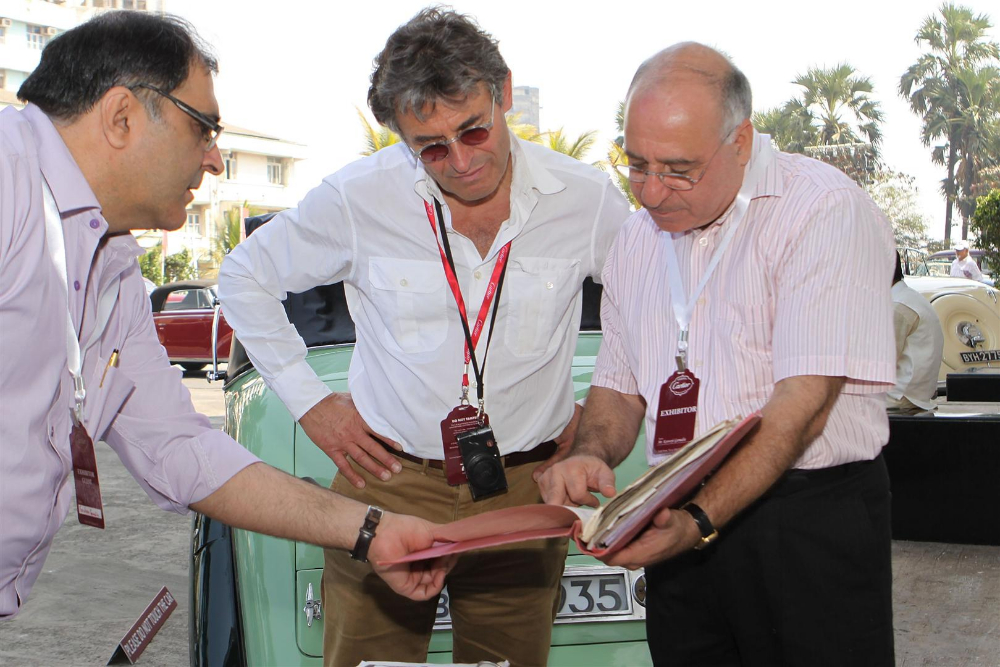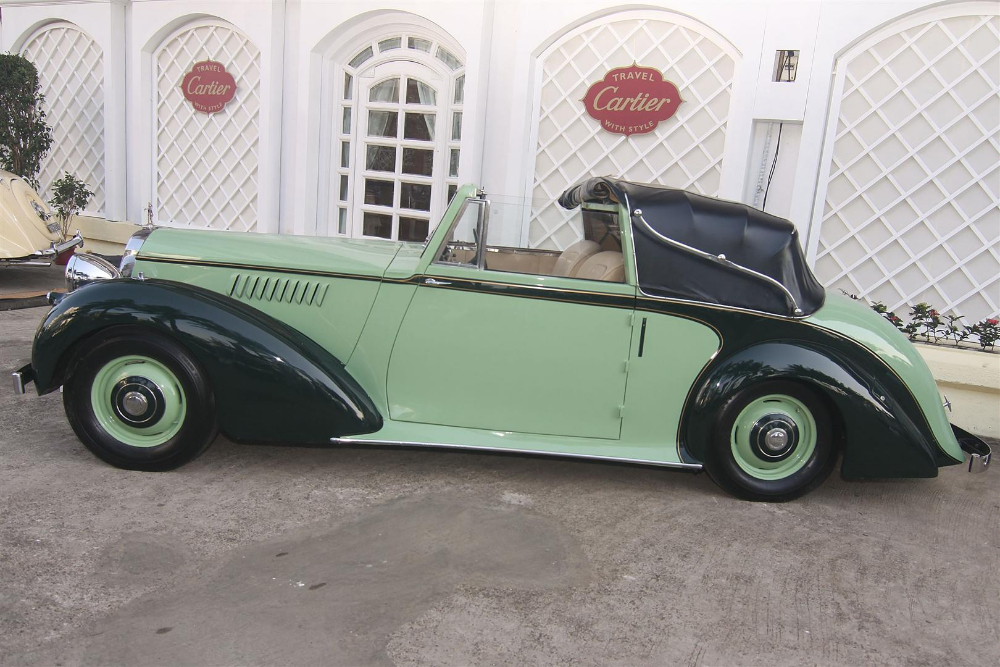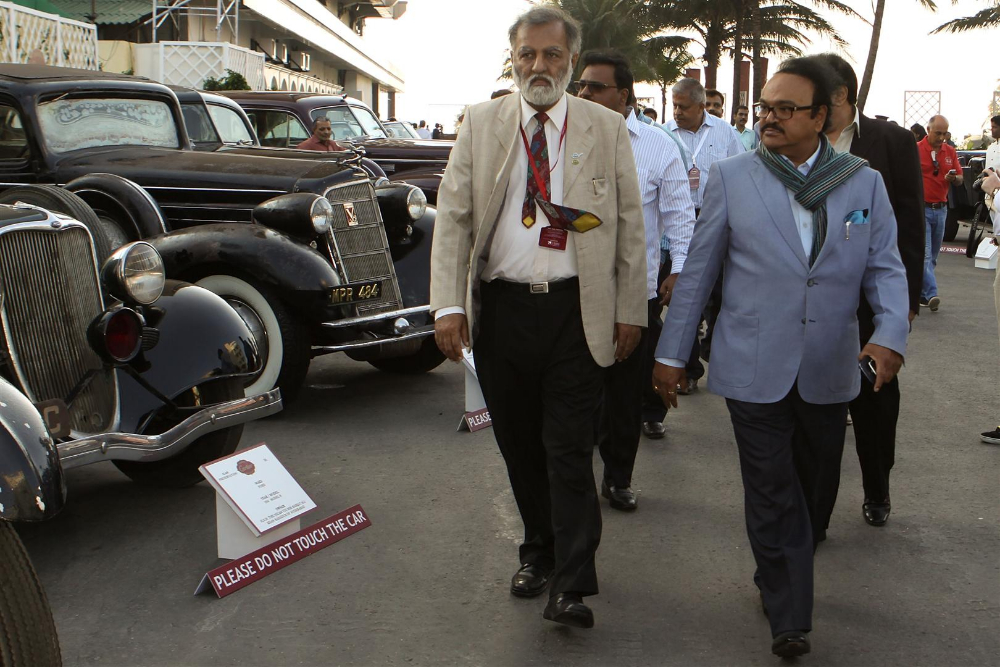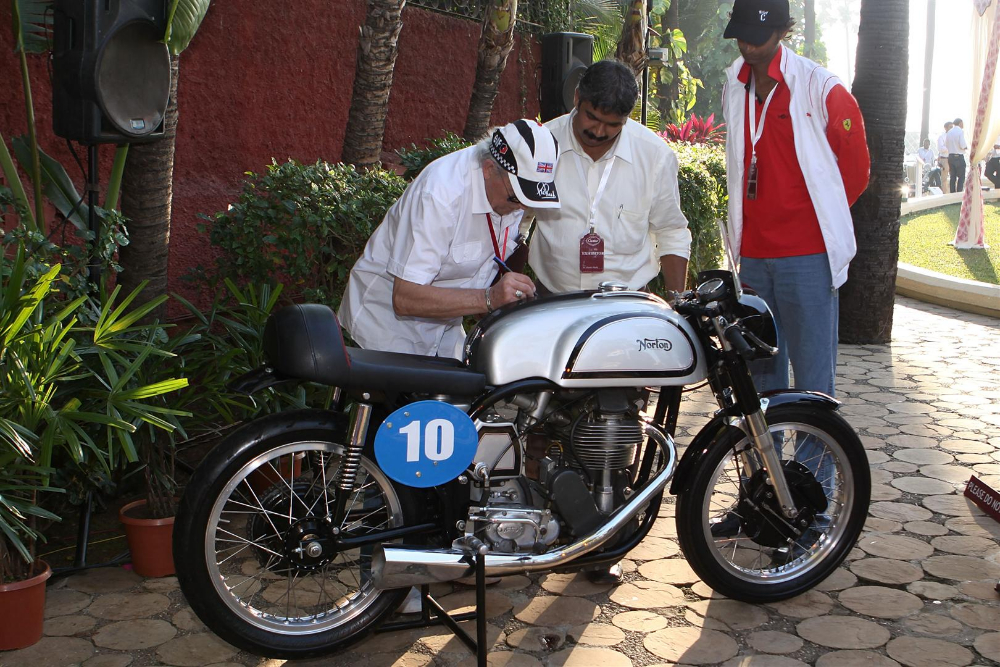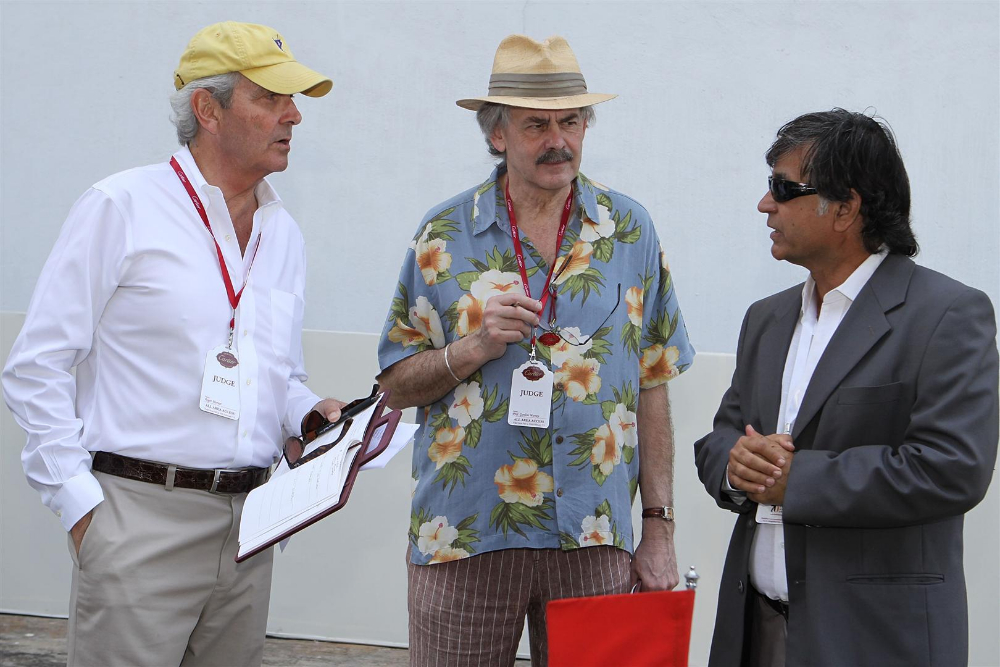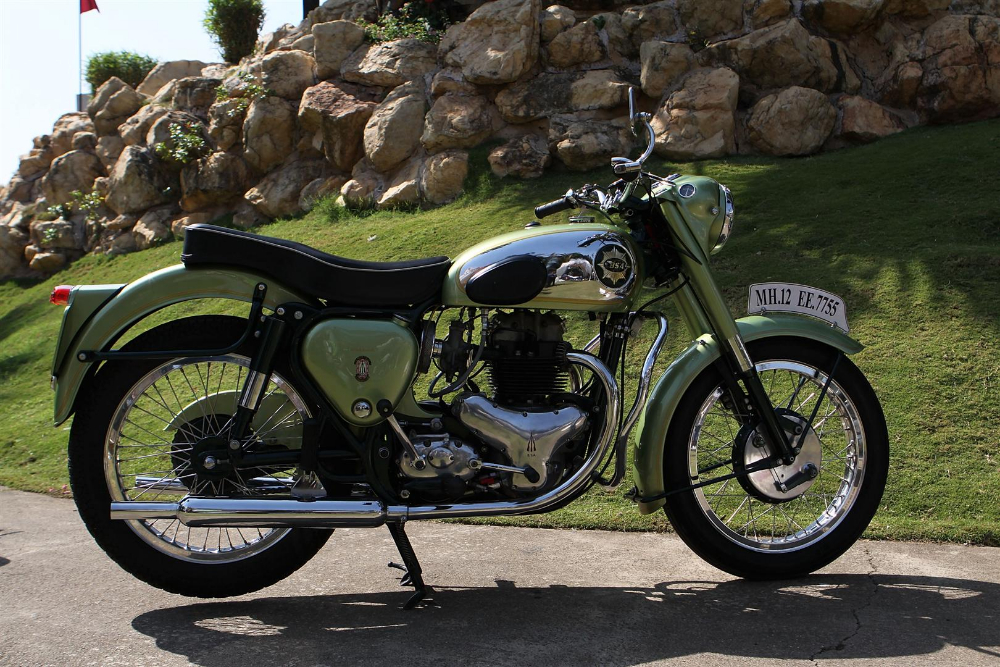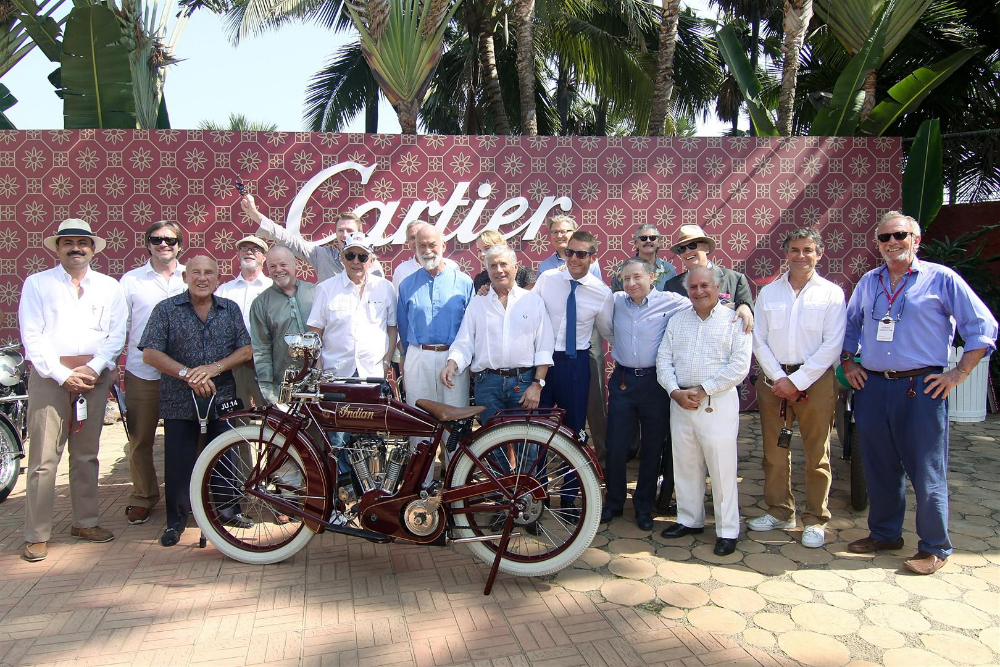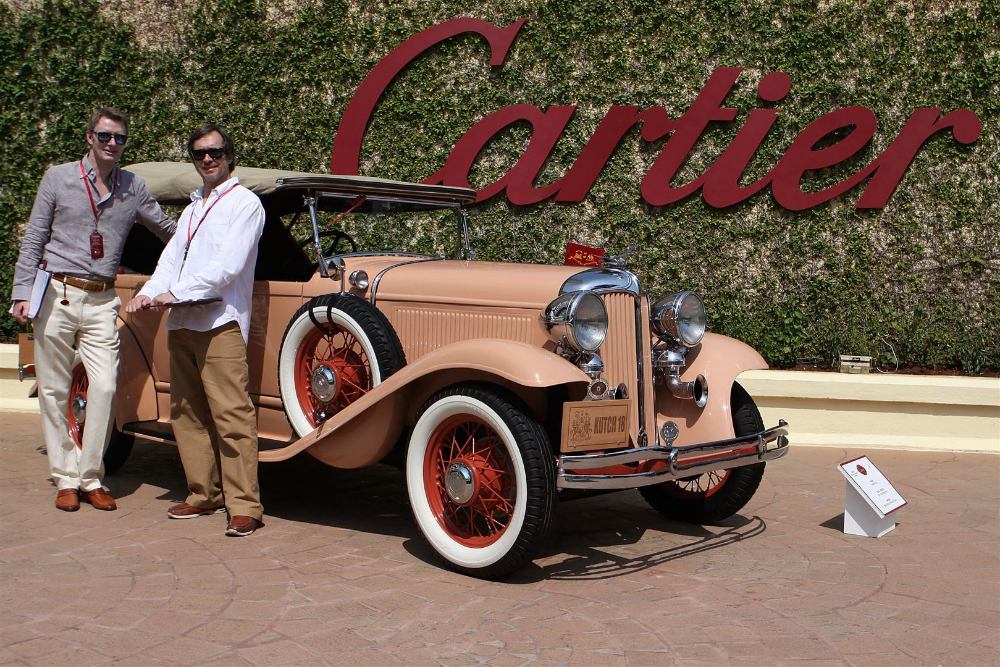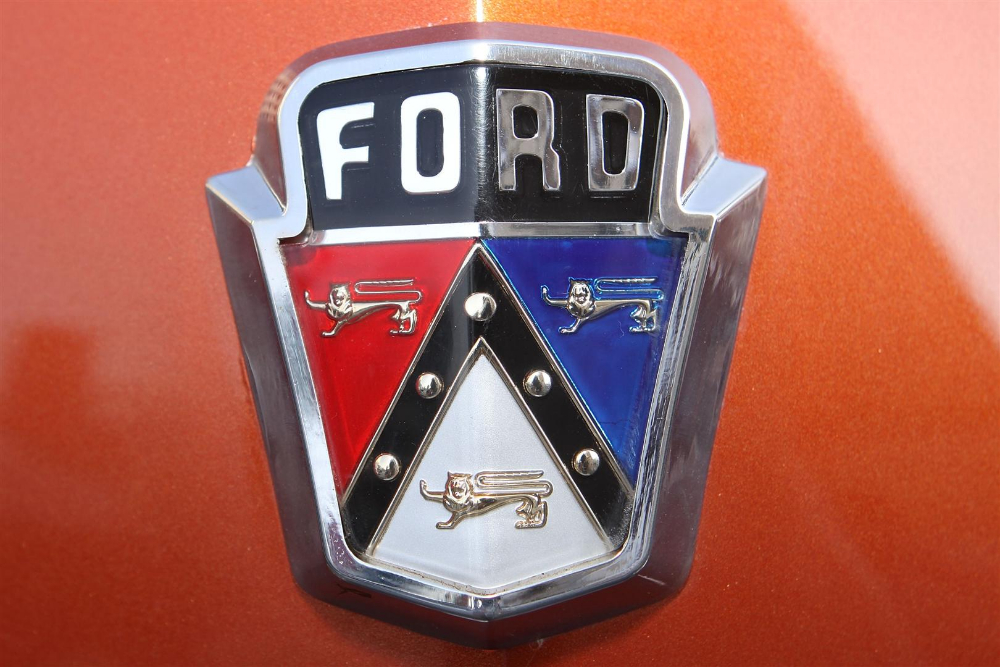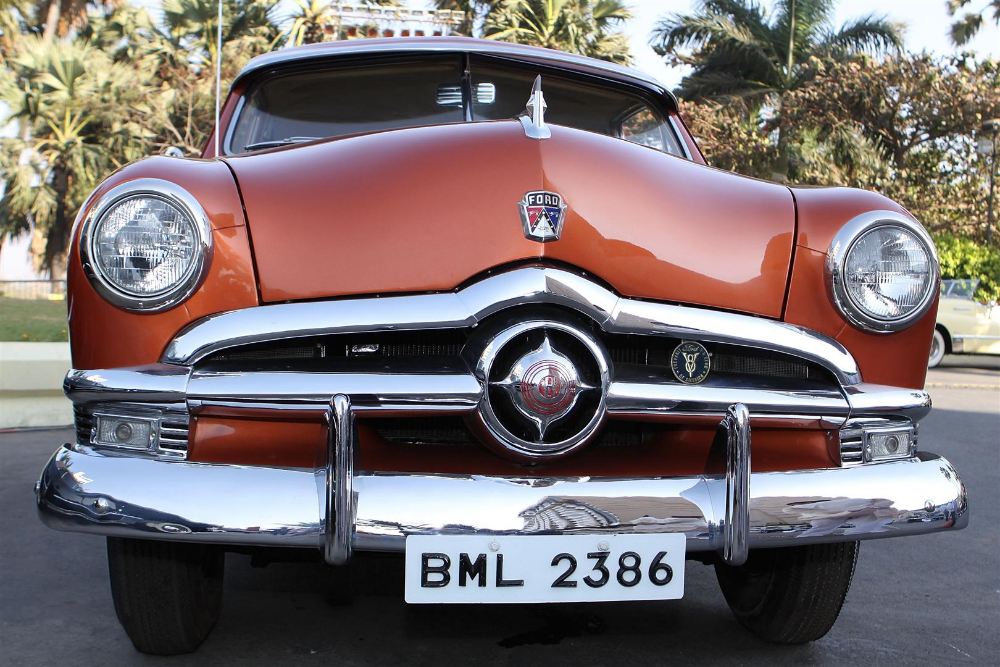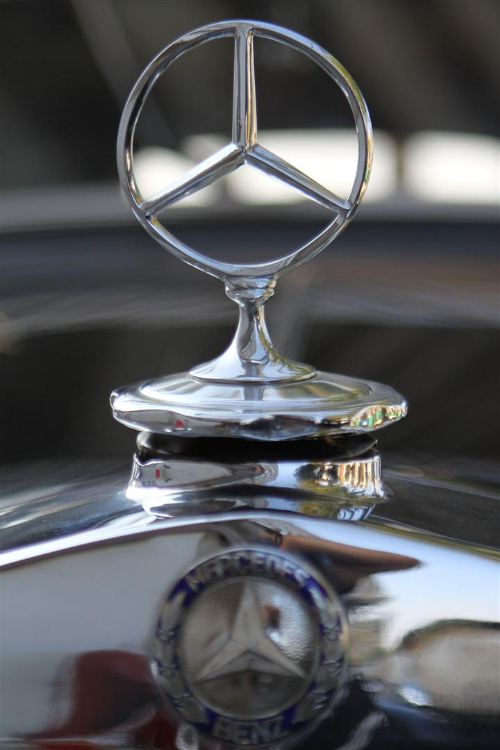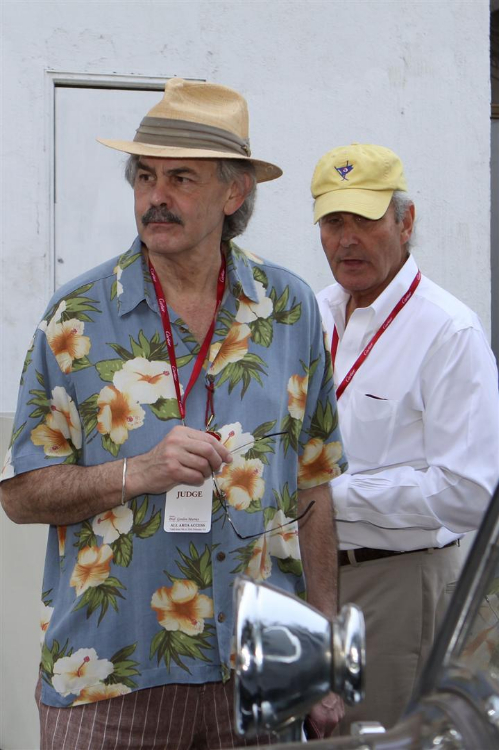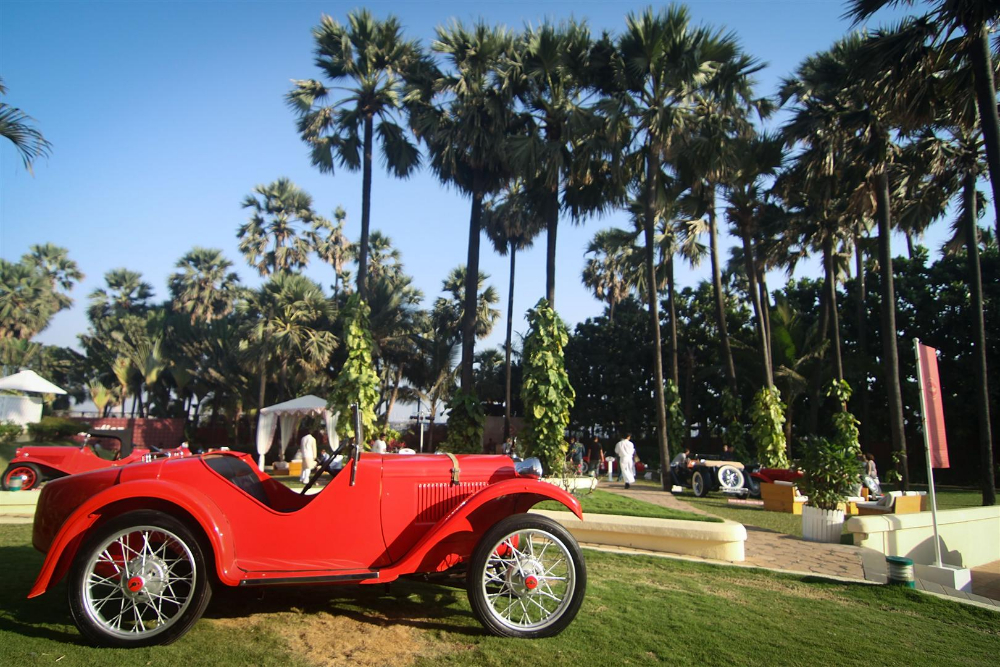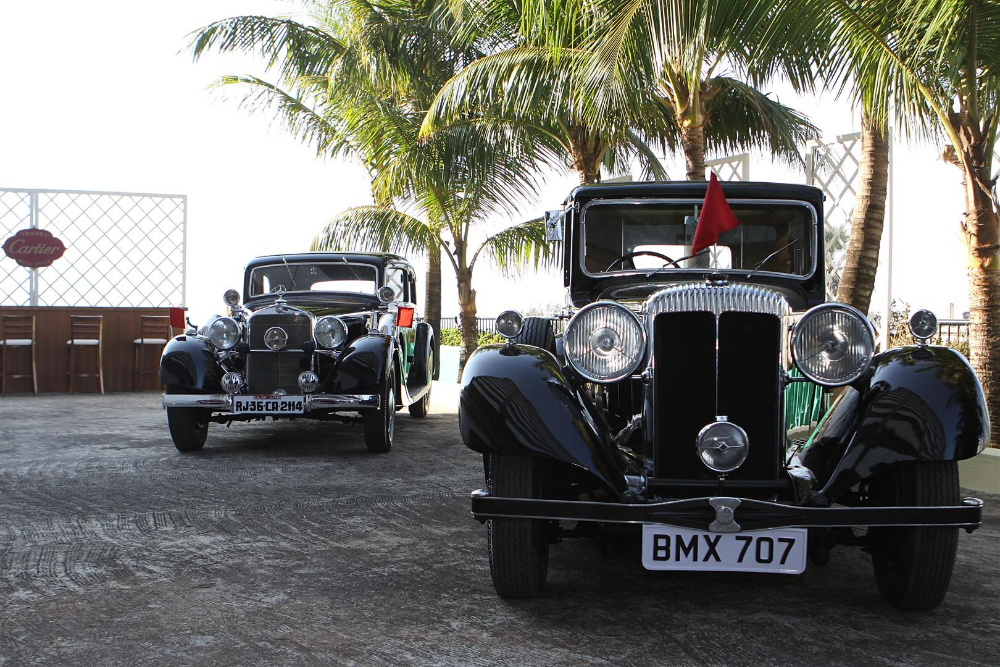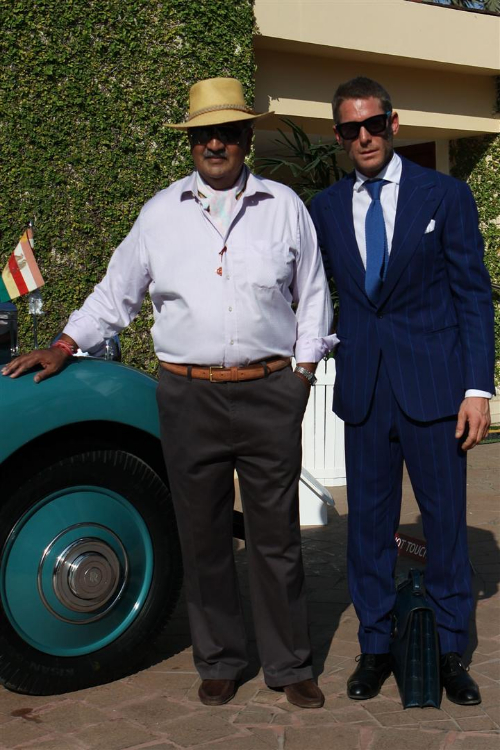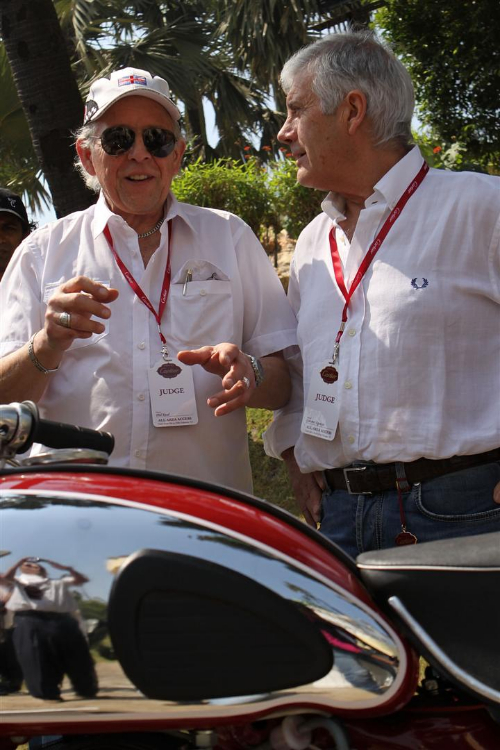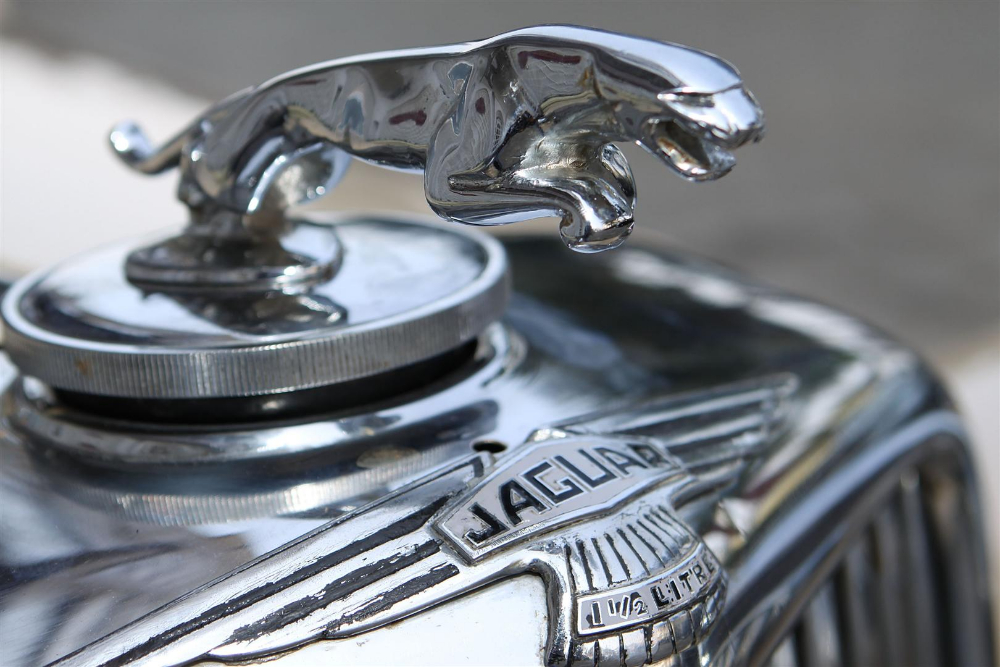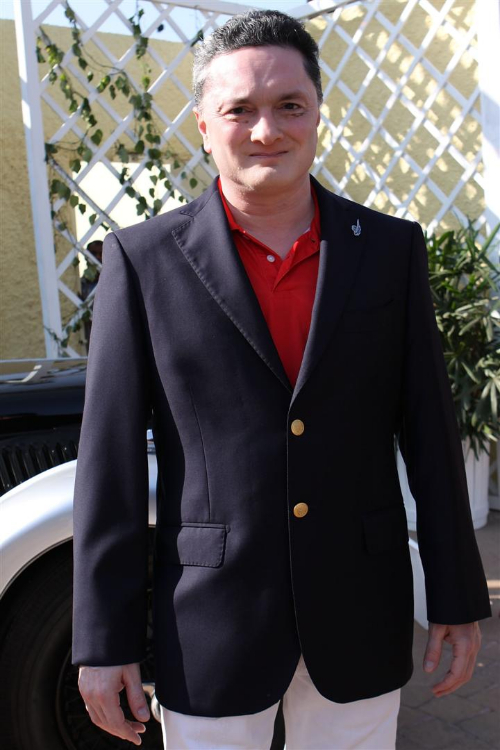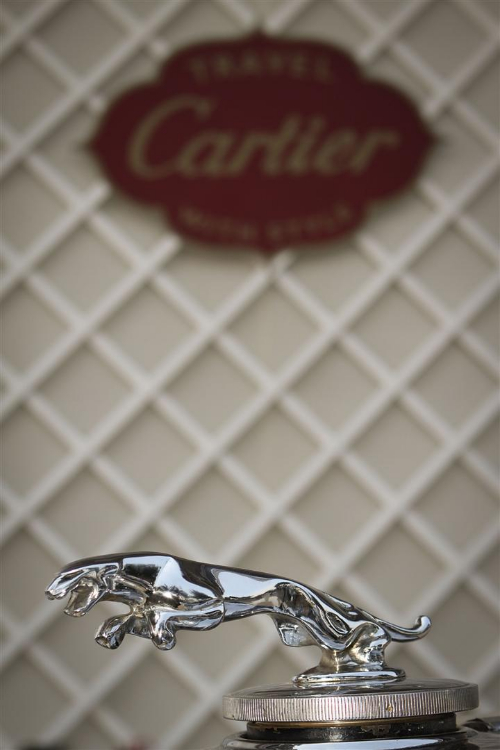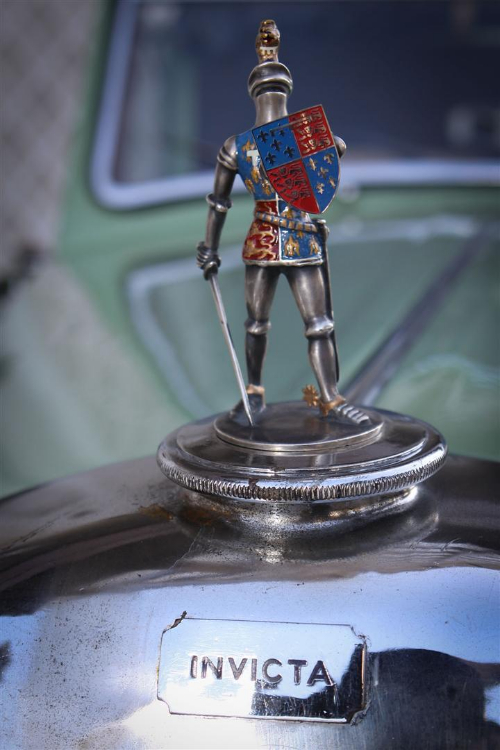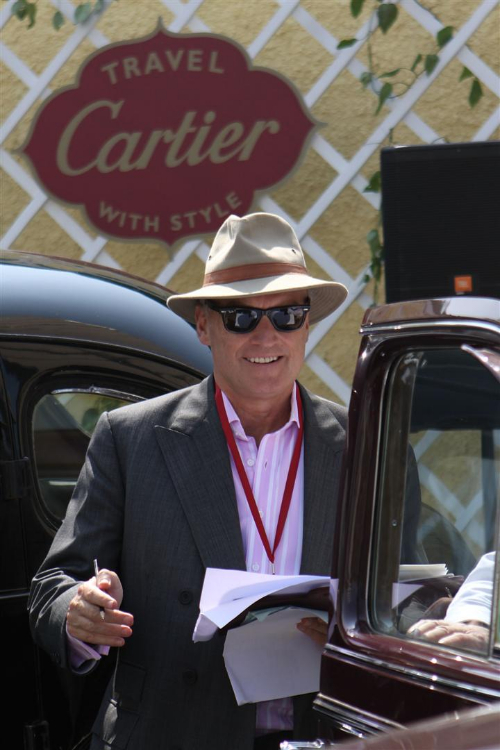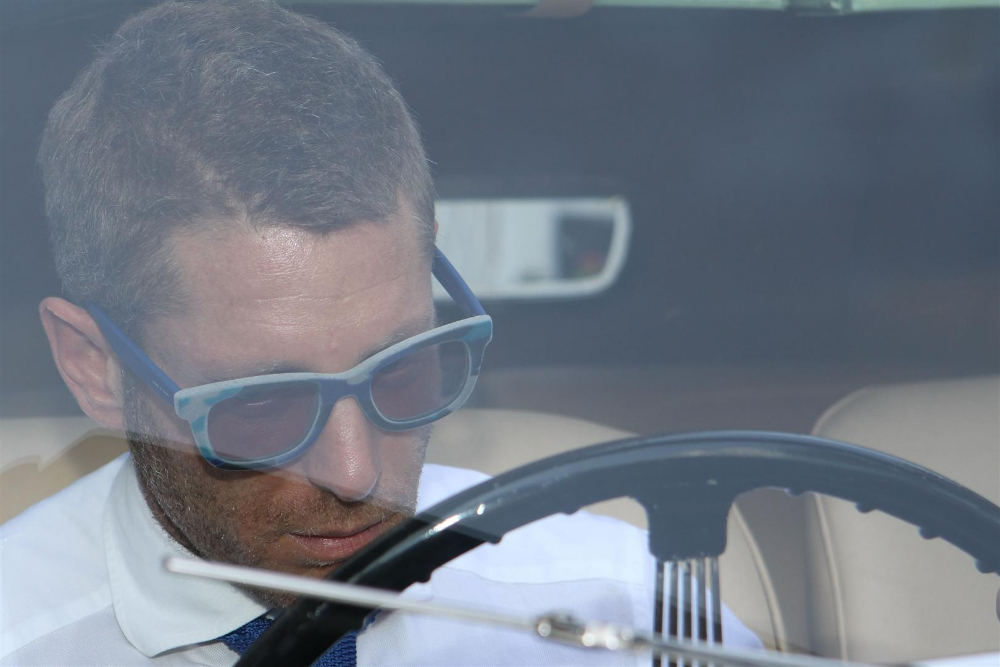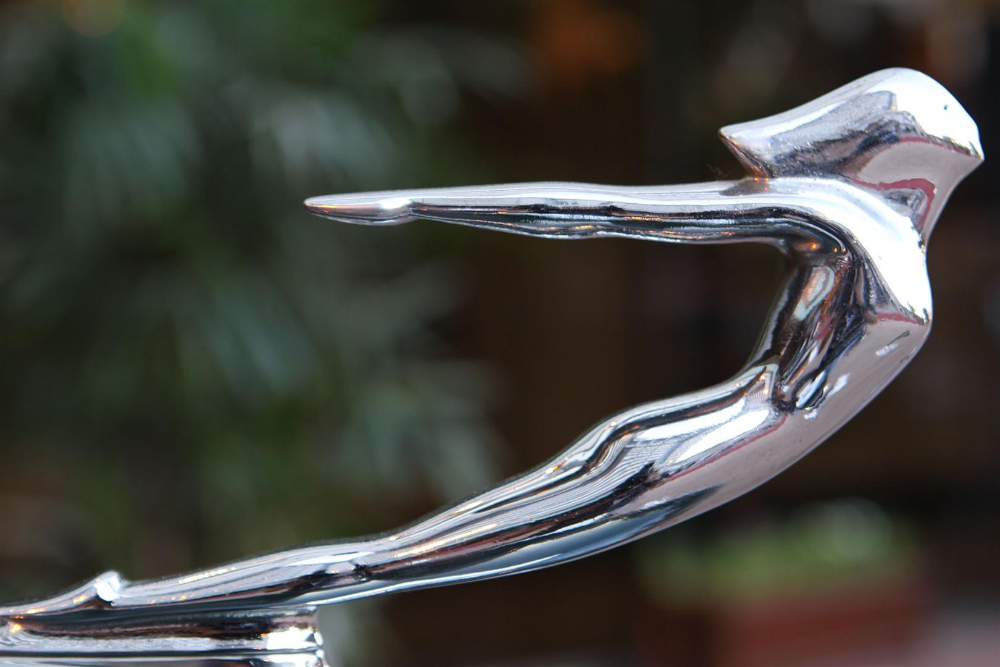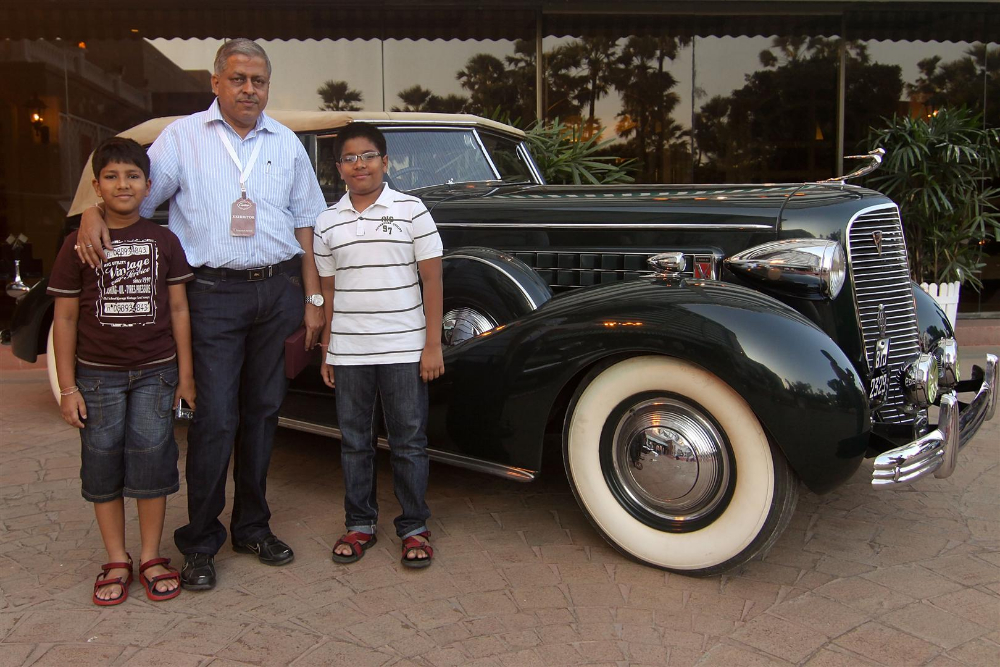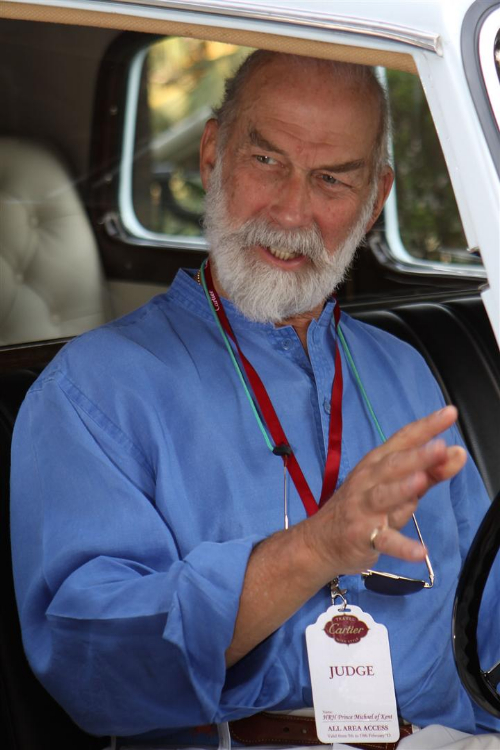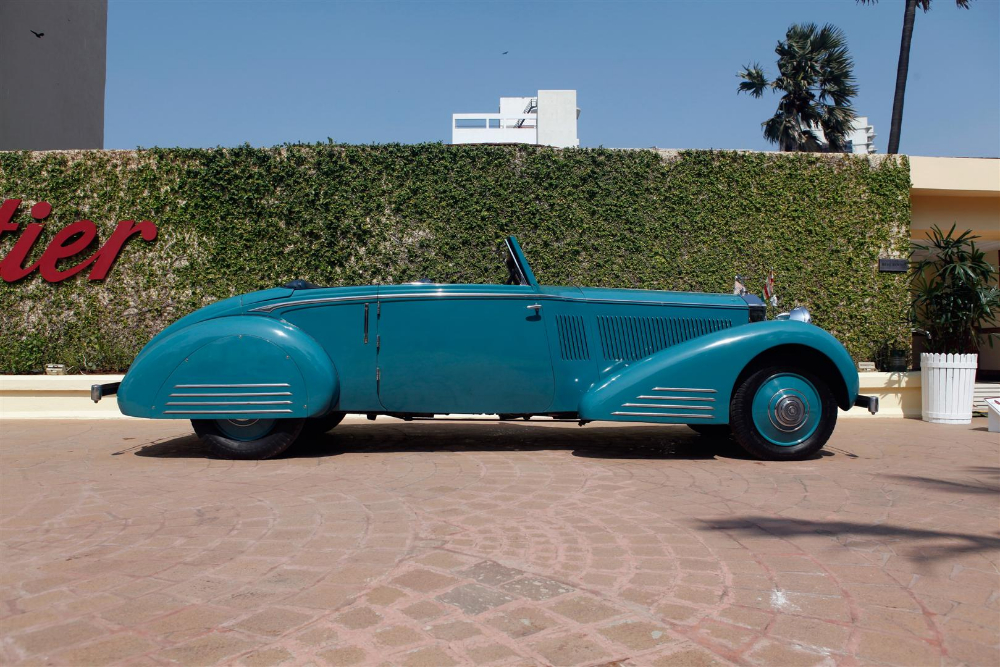The Third "Cartier Travel with Style Concours"
- Parent Category: POLO Lifestyle
- Uploaded by Andrei Willson Royal Polo PC I C - Getty Images UK
- Published in Motoring
- Hits: 33352
- Print,
The Third Cartier Travel with Style Concours
Cartier Polo, Polo with Cartier, Polo Players in Cartier, Cartier 2012, 2011, AND NOW 2013, The POLO Magazine Cartier Motoring Stories presents polo and motoring.
A true contest of motor-car elegance created by Cartier in India, the third “Cartier Travel with Style Concours” was held in Mumbai last February and is expected to be twice as large this February.
This year’s event will for the first time see motorcycles included among the many superb vehicles competing, together with a new “Edwardian Class” category for models from the first period of historical motor-car production up to the year 1914.
The growing success of this special Cartier event in India is due both to collectors’ passion for classic cars and to an awareness of the need to preserve a unique heritage.
The rules of the competition have been drawn up and established in accordance with the relevant international norms with the help of Manvendra Singh of Barwani, the technical director of this Cartier event.
The principal judge for the 2013 event will be HRH Prince Michael of Kent.
The Prince has a passionate interest in motoring and is a great car connoisseur. He is the President of the Royal Automobile Club. He also dedicates a large part of his time to finding solutions for road safety issues.
The categories for this year's competition are as follows:
Motor-cars: Edwardian Class (up to 1914), Pre-War Classic (1915-1939), Post-War Classic American (1940-1960), Post-War Classic European (1940-1960), Roadster (up to 1960 ), Indian Heritage Class (1947-1960), Preservation Class, Cars Made in India (up to 1960)
Motorcycles: Pre-War Classic (up to 1939), Post-War Classic (1940-1960), Racing Bikes (up to 1960)
The jury presided over by Prince Michael of Kent will be made up of both figures with a professional involvement in motoring and expert collectors, and among others is expected to include the following personalities: Giacomo Agostini, Sandra Button, Sir Stirling Moss, Jean Todt, Prof Gordon Murray, William E.”Chip” Connor, Lapo Elkann ,Phil Read, Sir Anthony Bamford, Nicolas Coleridge, Lapo Elkann, The Hon.Sir Michael Kadoorie, Simon Kidston, David McKirdy, Marc Newson, Phil Read, Prof.Peter Stevens.Roger L.Werner Jr.
Rolls Royce Phantom II ‘Star of India’
An extremely beautiful car, it is also one of the most famous cars to come from India, and a favourite of the classic automotive press. The one of a kind 1934 Rolls-Royce 40/50 hp Phantom II All Weather Cabriolet was ordered by the His Highness Dharmendrasinhji Lakhajiraj, the Thakore Sahib of Rajkot and built by coachbuilders Thrupp and Maberly. It features striking polished fenders and bonnet with saffron orange painted bodywork. After being sold from the Rajkot garages, this car left India in the mid-60s for Europe, where it was owned consecutively by two noted classic car collectors, and received a number of accolades including the title ‘Star of India’ whilst there.
When, in 2010, the crown prince of Rajkot, Yuvraj Mandhatasinhji Jadeja, learnt that the car was up for sale again he made a successful bid for it at an auction and continuing the fairytale story of this magnificent car it is back in India, and to its original home, Rajkot. This is the first instance of a former Indian car being brought back to the country.
Bikaner State Imperial Grouse Hunting Buick
Originally a simple 1947 Buick Super sedan, this four-door convertible was the creation of the Bikaner State Railway workshop on the orders of the Maharaja of Bikaner. A keen shot, the Maharaja particularly loved hunting the Imperial Sand Grouse, found in the desert surroundings of Bikaner. The car was made during a period when both General Motors and Ford stopped making four-door touring cars (a favourite body style of the Maharajas for hunting). Three brand new, identical Buicks were cut to create the Shikar tourers with Jeep like folding front windscreens. Special cases were fitted to store binoculars and guns.
Fiat 501S Corsa
The use of motorsports as a marketing tool is not new. The Italian Fiat company was involved very early it and found success in the early part of the 20th century. During the period between the wars, Fiat’s 501S and SS model, an evolution of the road going Tipo IT, or model 501, proved to be quite successful, even winning the famed Targa Florio. The quoted top speed was 100km/h in standard form. Many well-known drivers of the period used these cars including the noted Bugatti lady driver Elizabeth Junek, who would go on to promote Bugatti in India.
The Maharaja of Patalia, one of the wealthiest men with a large fleet of cars, ordered this 501S Corsa with racing bodywork. Its original wire spoke wheels were changed as the wires were too fragile rough roads of India. The car was found in the 70s with a tree growing through it, and was full restored. It is owned by Force India F1 team principle Dr. Vijay Mallya.
Prototype Rolls Royce 17EX
Rolls Royce keeps the chassis designation ‘EX’ for its experimental cars, and 17EX is the last of a series of lightweight experimental “sports” cars on the Phantom I. Officially a 1928 Phantom I Torpedo, it features distinctive dual cowl bodywork by Jarvis of Wimbledon. Extensive testing was carried out on 17EX – some 4,500 miles, of which half was without the body. Interestingly, the car had many unique features including a shortened steering column and an engine positioned slightly forward.
The car was bought by Maharaja Hari Singh Bahadur of Jammu and Kashmir, a keen enthusiast of fast cars, who regularly raced his powerful cars around the twisty roads of his mountainous kingdom.
The car changed hands a number of times in India before being exported out. It has been restored twice since then, and won the Trofeo Rolls-Royce as the Most Elegant Rolls-Royce at the 2006 edition of the Villa d’Este. Not only is this car an important part of Rolls Royce’s history, but is also the first International entry at the Cartier Concours, participating due to its strong history with India.
Rolls Royce Phantom II Thrupp & Maberly
Not driven for over forty years, and being shown for the very first time ever, the 1930 Rolls Royce Phantom II limousine belongs to the Maharaja of Kalahandi, Orissa in eastern India. This special ordered car, made by coachbuilders Thrupp & Maberly comes with some very distinctive features. Built as a ‘purdah’ car (car meant for ladies, who were required to be behind purdah or curtains due to cultural constraints) , it features dual glasses on all rear windows, one set clear and the other dark tinted. A sliding partition divided the rear from the front. Brocade fabric is used for upholstery, and the car has very delicate, hand painted lacquer work on all the wood, featuring sparrows. The ornate details continue with the use of ivory and mother of pearl.
On the Maharaja’s request for qualified personnel to drive the vehicle and ensure proper maintenance of it, the Rolls Royce Company sent specially trained Sikh drivers to remote Kalahandi. This car has done only 25000 miles and is being shown in its original condition.
Nizâm d’Hyderabad’cars
Ordered as part of a larger order of six Napier cars by the then wealthiest person in the world, the sixth Nizam Mir Mehboob Ali Khan of Hyderabad, the two on show are the only ones that remain of the five that were eventually delivered. The order was made after Napier owner S.F. Edge managed with great difficulty to get a meeting with the Nizam.
Both cars are 1906 L76 40hp models featuring larger radiators to cope with the Indian heat, but come with distinctly different bodywork. Interestingly both cars have been given Urdu names, painted under the windscreens in English.
One is an enclosed limousine, named ‘Mojil’ that has vents built into the raised central section of the roof, for ventilation. The other, named ‘Ajeil’ is a more ornate open tourer, used for ceremonial purposes with a central seat for the Nizam. Since it was deemed impolite to show their backs to the ruler all other seating were positioned in a way to ensure that the occupants faced the Nizam. The car could also be turned into a convertible by dismantling the roof section.
Both cars are being shown after undergoing extensive restoration. Neither car has been used in over seventy years, and will be joining the 1911 Rolls Royce Silver Ghost ‘Throne Car’ in the Chowmalla Palace Museum, in Hyderabad.
Ford V8 Tourer
Also on show, in the Preservation Class, is the very original 1934 Ford V8 Tourer of the seventh Nizam, Mir Osman Ali Khan. The Nizam who shunned ostentatious displays of wealth, choose to use this rather plain car whilst going to offer his prayers. It offers a stark contrast to the flamboyant cars of the other Rulers


